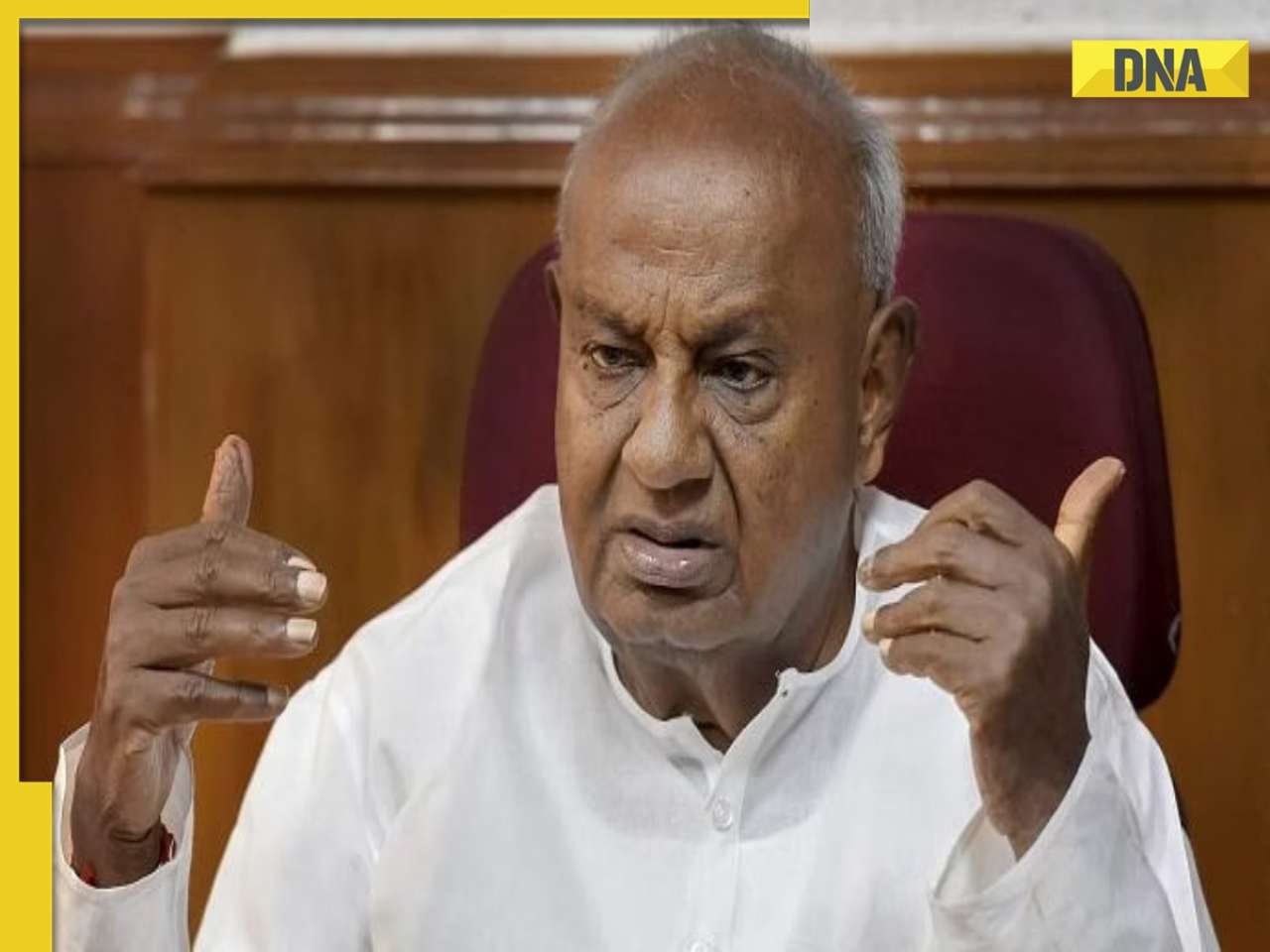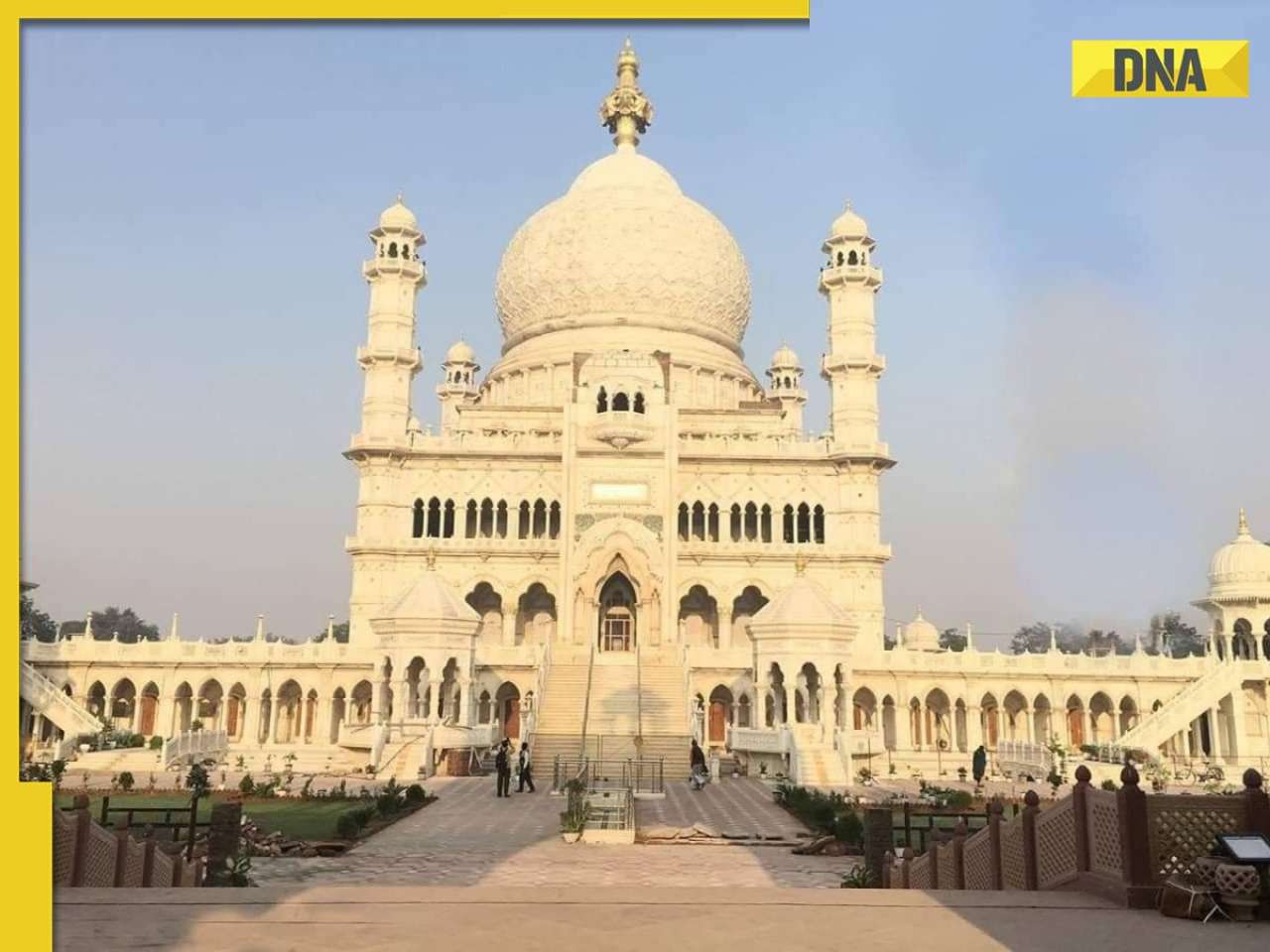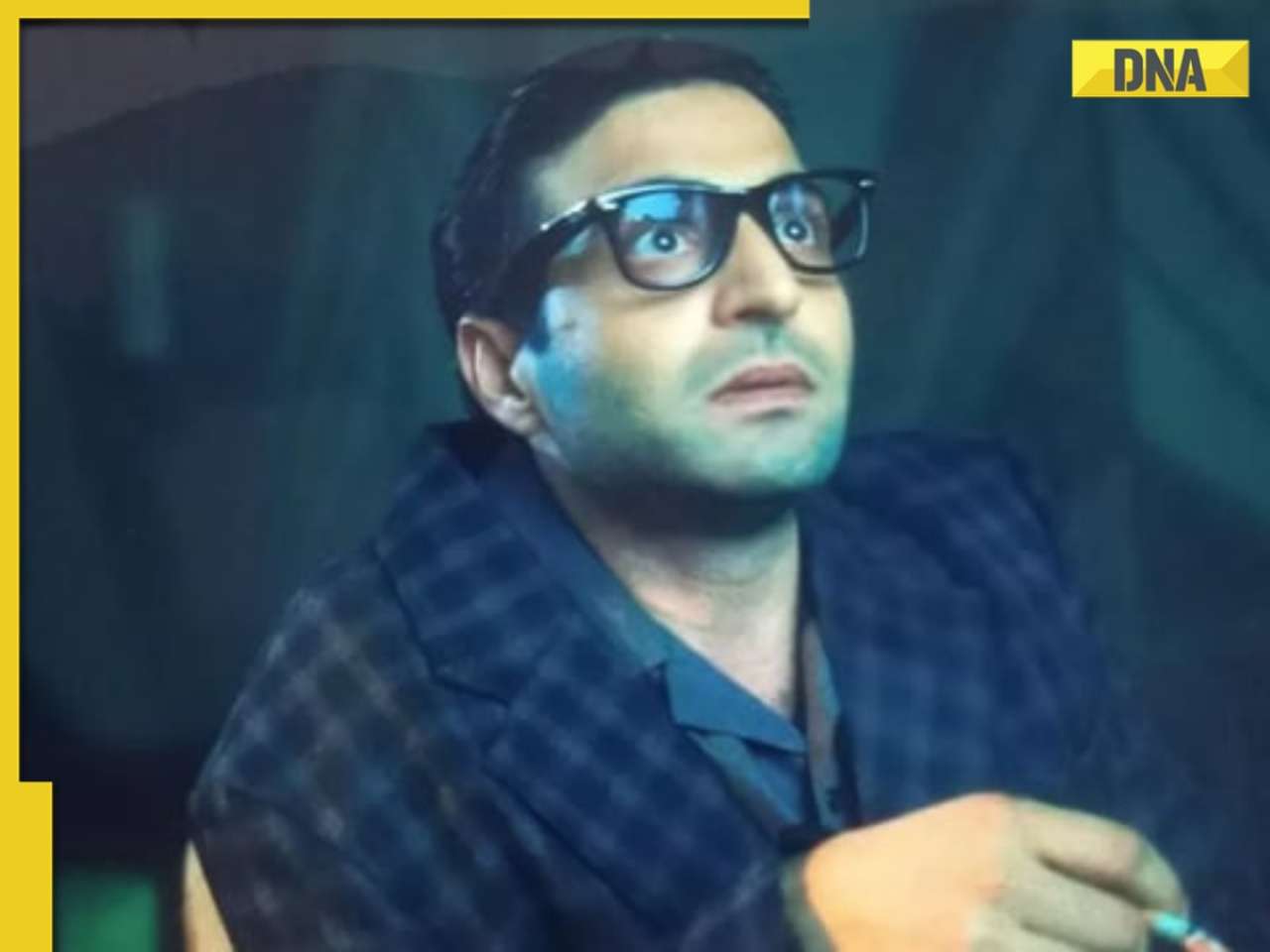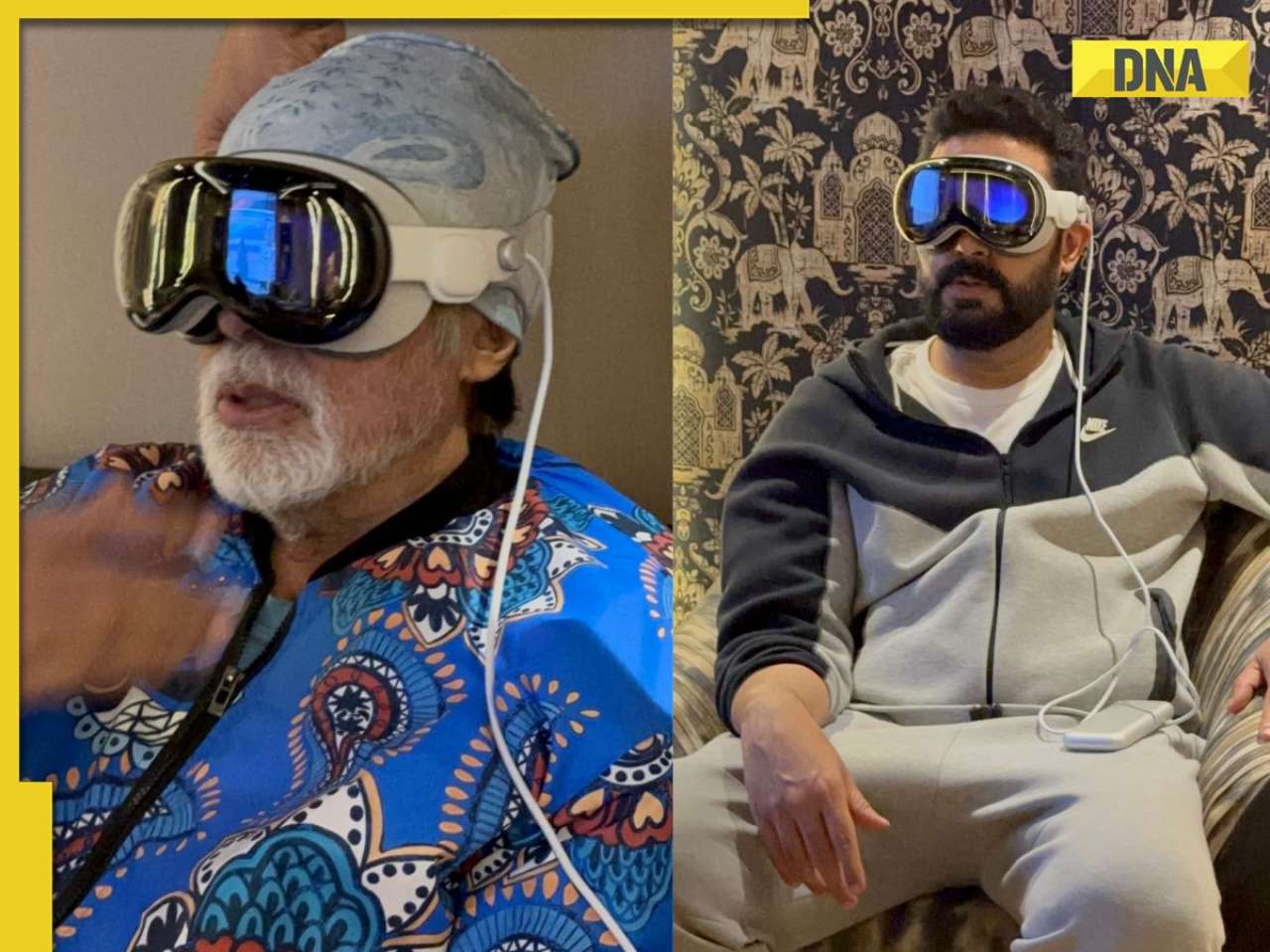My Forbes column, ‘Hydro-Alchemy’, begins: “Alchemy refers to a medieval science that turns metals into gold.
Or, how a billion-dollar enterprise came up, producing clean water from the sea
My Forbes column, ‘Hydro-Alchemy’, begins: “Alchemy refers to a medieval science that turns metals into gold. As our planet depletes natural resources at a frantic pace, one brand of alchemy that will become critical to humanity’s survival is technology that turns sea water into drinking water.”
The column profiles a small San Leandro, CA company, Energy Recovery Inc (ERI) that was at the heart of our hydro-alchemy venture, Gangotri.
ERI created a ceramic device called the PX pressure exchanger that has helped water treatment plants around the world reduce desalination costs to a fraction of what they were in the mid-1960s. Back then, the cost of producing a cubic metre of fresh water from sea water averaged $10.
In 2008, thanks to the PX device, desalination costs averaged $0.46 per cubic metre. ERI’s clients were producing over 5.2 million cubic metres of fresh water a day and saving an estimated 500 mw of energy or $352 million a year in operating costs.
It is ERI’s technology that we used to set up our first desalination plant in Orissa, on the coast of the Bay of Bengal. Gangotri was envisioned to become the new source of clean water for India, a role that the Ganga had ceased to play by 2010.
Of course, clean water is needed in every aspect of life, from drinking and cooking, to irrigation, to industrial use. We had to carefully select what segments of the market we were going to go after first, and plan the rollout accordingly.
After careful consideration, we chose to go after the industrial market first, and our first plant in Mayurbhanj reflected that choice. While we got the benefit of the Bay of Bengal coast on the supply side, we also got Haldia Petrochemicals as our first major marquee customer. Our initial funding came from the Asian Development Bank, to the tune of $10 million to complete the first plant in collaboration with Aqua-Tech Engineering & Supplies Pte Ltd in Singapore. Aqua-Tech had the experience of building desalination plants, which was vital for us. In fact, we did the first deal with Aqua-Tech as a build-operate-transfer contract to the tune of $6 million.
Both ERI and Aqua-Tech helped us establish credibility with our investors, and after we brought HPC to the table as the anchor client, we were very well-situated for sustained financing and growth.
More financing poured in by 2012, after we had the first plant up and running. One of the biggest collaborators for us turned out to be the Orissa government. Having spent most of its post-independence history as a backwater state, Orissa was determined to find a niche, and hydro-alchemy via sea-water-reverse osmosis provided them with the much needed breakthrough.
By 2015, Gangotri had 30 desalination plants of various sizes all along the coast of Orissa built on land that the state government provided us at huge subsidy. Gangotri captured 78% market share in the industrial market in Orissa, Bihar, Madhya Pradesh, West Bengal, and western Maharashtra.
By 2018, Gangotri was also feeding the utilities in each of those states and many of the South Indian states through a complex grid that was designed to achieve maximum efficiency. The Indian government had acquired major financing from the World Bank for this grid project, and we were able to avail of the infrastructure that we were invited to become a part of designing.
We also accidentally solved a different problem, which we did not really set out to do. Instead of diverting a large percentage of water from the northern and eastern rivers, Ganga and Brahmaputra, to south India, we were able to construct desalination plants all over south India, and funnel fresh water back into the rivers.
India’s earlier plan was to link the rivers flowing from the Himalayas and divert them south. This would really hurt Bangladesh, since more than 80% of Bangladesh’s 20 million small farmers depend on water that has flowed through India.
So, having saved Bangladesh from this calamity, we also earned the contracts for building almost 100% of Bangladesh’s desalination infrastructure in the delta.
We were not alone in our quest for hydro-alchemy. GE’s water division became a major player in this market as well (with a focus on western and north-western India), alongside several other major water OEMs.
Each of us was frantically using our R&D capabilities to address other areas of water purification with scalable technologies. Each of us funded major research labs at the IITs.
Yes, Gangotri is a billion-dollar company in 2020. But we are much more than that. We are helping solve a planet-scale problem, and that, we consider, is an enormous responsibility.
![submenu-img]() This singer helped BCCI when it had no money to award 1983 World Cup-winning Indian cricket team, raised 20 lakh by...
This singer helped BCCI when it had no money to award 1983 World Cup-winning Indian cricket team, raised 20 lakh by...![submenu-img]() Virat Kohli’s new haircut ahead of RCB vs CSK IPL 2024 showdown sets internet on fire, see here
Virat Kohli’s new haircut ahead of RCB vs CSK IPL 2024 showdown sets internet on fire, see here![submenu-img]() BCCI bans Mumbai Indians skipper Hardik Pandya, slaps INR 30 lakh fine for....
BCCI bans Mumbai Indians skipper Hardik Pandya, slaps INR 30 lakh fine for....![submenu-img]() 'Justice must prevail': Former PM HD Deve Gowda breaks silence in Prajwal Revanna case
'Justice must prevail': Former PM HD Deve Gowda breaks silence in Prajwal Revanna case![submenu-img]() India urges students in Kyrgyzstan to stay indoors amid violent protests in Bishkek
India urges students in Kyrgyzstan to stay indoors amid violent protests in Bishkek![submenu-img]() Meet IIT graduates, three friends who were featured in Forbes 30 Under 30 Asia list, built AI startup, now…
Meet IIT graduates, three friends who were featured in Forbes 30 Under 30 Asia list, built AI startup, now…![submenu-img]() Meet woman who cracked UPSC in fourth attempt to become IAS officer, secured AIR...
Meet woman who cracked UPSC in fourth attempt to become IAS officer, secured AIR...![submenu-img]() Meet IIT JEE 2024 all-India girls topper who scored 100 percentile; her rank is…
Meet IIT JEE 2024 all-India girls topper who scored 100 percentile; her rank is…![submenu-img]() Meet PhD wife of IIT graduate hired at Rs 100 crore salary package, was fired within a year, he is now…
Meet PhD wife of IIT graduate hired at Rs 100 crore salary package, was fired within a year, he is now…![submenu-img]() Meet woman not from IIT, IIM or NIT, cracked UPSC exam in first attempt with AIR...
Meet woman not from IIT, IIM or NIT, cracked UPSC exam in first attempt with AIR...![submenu-img]() DNA Verified: Is CAA an anti-Muslim law? Centre terms news report as 'misleading'
DNA Verified: Is CAA an anti-Muslim law? Centre terms news report as 'misleading'![submenu-img]() DNA Verified: Lok Sabha Elections 2024 to be held on April 19? Know truth behind viral message
DNA Verified: Lok Sabha Elections 2024 to be held on April 19? Know truth behind viral message![submenu-img]() DNA Verified: Modi govt giving students free laptops under 'One Student One Laptop' scheme? Know truth here
DNA Verified: Modi govt giving students free laptops under 'One Student One Laptop' scheme? Know truth here![submenu-img]() DNA Verified: Shah Rukh Khan denies reports of his role in release of India's naval officers from Qatar
DNA Verified: Shah Rukh Khan denies reports of his role in release of India's naval officers from Qatar![submenu-img]() DNA Verified: Is govt providing Rs 1.6 lakh benefit to girls under PM Ladli Laxmi Yojana? Know truth
DNA Verified: Is govt providing Rs 1.6 lakh benefit to girls under PM Ladli Laxmi Yojana? Know truth![submenu-img]() Kiara Advani stuns in Prabal Gurung thigh-high slit gown for her Cannes debut, poses by the French Riviera
Kiara Advani stuns in Prabal Gurung thigh-high slit gown for her Cannes debut, poses by the French Riviera![submenu-img]() Heeramandi star Taha Shah Badussha makes dashing debut at Cannes Film Festival, fans call him ‘international crush’
Heeramandi star Taha Shah Badussha makes dashing debut at Cannes Film Festival, fans call him ‘international crush’![submenu-img]() Streaming This Week: Madgaon Express, Zara Hatke Zara Bachke, Bridgerton season 3, latest OTT releases to binge-watch
Streaming This Week: Madgaon Express, Zara Hatke Zara Bachke, Bridgerton season 3, latest OTT releases to binge-watch![submenu-img]() Sunanda Sharma exudes royalty as she debuts at Cannes Film Festival in anarkali, calls it ‘Punjabi community's victory’
Sunanda Sharma exudes royalty as she debuts at Cannes Film Festival in anarkali, calls it ‘Punjabi community's victory’![submenu-img]() Aishwarya Rai walks Cannes red carpet in bizarre gown made of confetti, fans say 'is this the Met Gala'
Aishwarya Rai walks Cannes red carpet in bizarre gown made of confetti, fans say 'is this the Met Gala'![submenu-img]() Haryana Political Crisis: Will 3 independent MLAs support withdrawal impact the present Nayab Saini led-BJP government?
Haryana Political Crisis: Will 3 independent MLAs support withdrawal impact the present Nayab Saini led-BJP government?![submenu-img]() DNA Explainer: Why Harvey Weinstein's rape conviction was overturned, will beleaguered Hollywood mogul get out of jail?
DNA Explainer: Why Harvey Weinstein's rape conviction was overturned, will beleaguered Hollywood mogul get out of jail?![submenu-img]() What is inheritance tax?
What is inheritance tax?![submenu-img]() DNA Explainer: What is cloud seeding which is blamed for wreaking havoc in Dubai?
DNA Explainer: What is cloud seeding which is blamed for wreaking havoc in Dubai?![submenu-img]() DNA Explainer: What is Israel's Arrow-3 defence system used to intercept Iran's missile attack?
DNA Explainer: What is Israel's Arrow-3 defence system used to intercept Iran's missile attack?![submenu-img]() This singer helped BCCI when it had no money to award 1983 World Cup-winning Indian cricket team, raised 20 lakh by...
This singer helped BCCI when it had no money to award 1983 World Cup-winning Indian cricket team, raised 20 lakh by...![submenu-img]() This film had 3 superstars, was unofficial remake of Hollywood classic, was box office flop, later became hit on...
This film had 3 superstars, was unofficial remake of Hollywood classic, was box office flop, later became hit on...![submenu-img]() Meet Nancy Tyagi, Indian influencer who wore self-stitched gown weighing over 20 kg to Cannes red carpet
Meet Nancy Tyagi, Indian influencer who wore self-stitched gown weighing over 20 kg to Cannes red carpet![submenu-img]() Telugu actor Chandrakanth found dead days after rumoured girlfriend Pavithra Jayaram's death in car accident
Telugu actor Chandrakanth found dead days after rumoured girlfriend Pavithra Jayaram's death in car accident![submenu-img]() Meet superstar who faced casting couch at young age, worked in B-grade films, was once highest-paid actress, now..
Meet superstar who faced casting couch at young age, worked in B-grade films, was once highest-paid actress, now..![submenu-img]() Viral video: Flood-rescued dog comforts stranded pooch with heartfelt hug, internet hearts it
Viral video: Flood-rescued dog comforts stranded pooch with heartfelt hug, internet hearts it![submenu-img]() Dubai ruler captured walking hand-in-hand with grandson in viral video, internet can't help but go aww
Dubai ruler captured walking hand-in-hand with grandson in viral video, internet can't help but go aww![submenu-img]() IPL 2024: Virat Kohli drops massive hint on MS Dhoni’s retirement plan ahead of RCB vs CSK clash
IPL 2024: Virat Kohli drops massive hint on MS Dhoni’s retirement plan ahead of RCB vs CSK clash![submenu-img]() Do you know which God Parsis worship? Find out here
Do you know which God Parsis worship? Find out here![submenu-img]() This white marble structure in Agra, competing with Taj Mahal, took 104 years to complete
This white marble structure in Agra, competing with Taj Mahal, took 104 years to complete

























































)
)
)
)
)
)